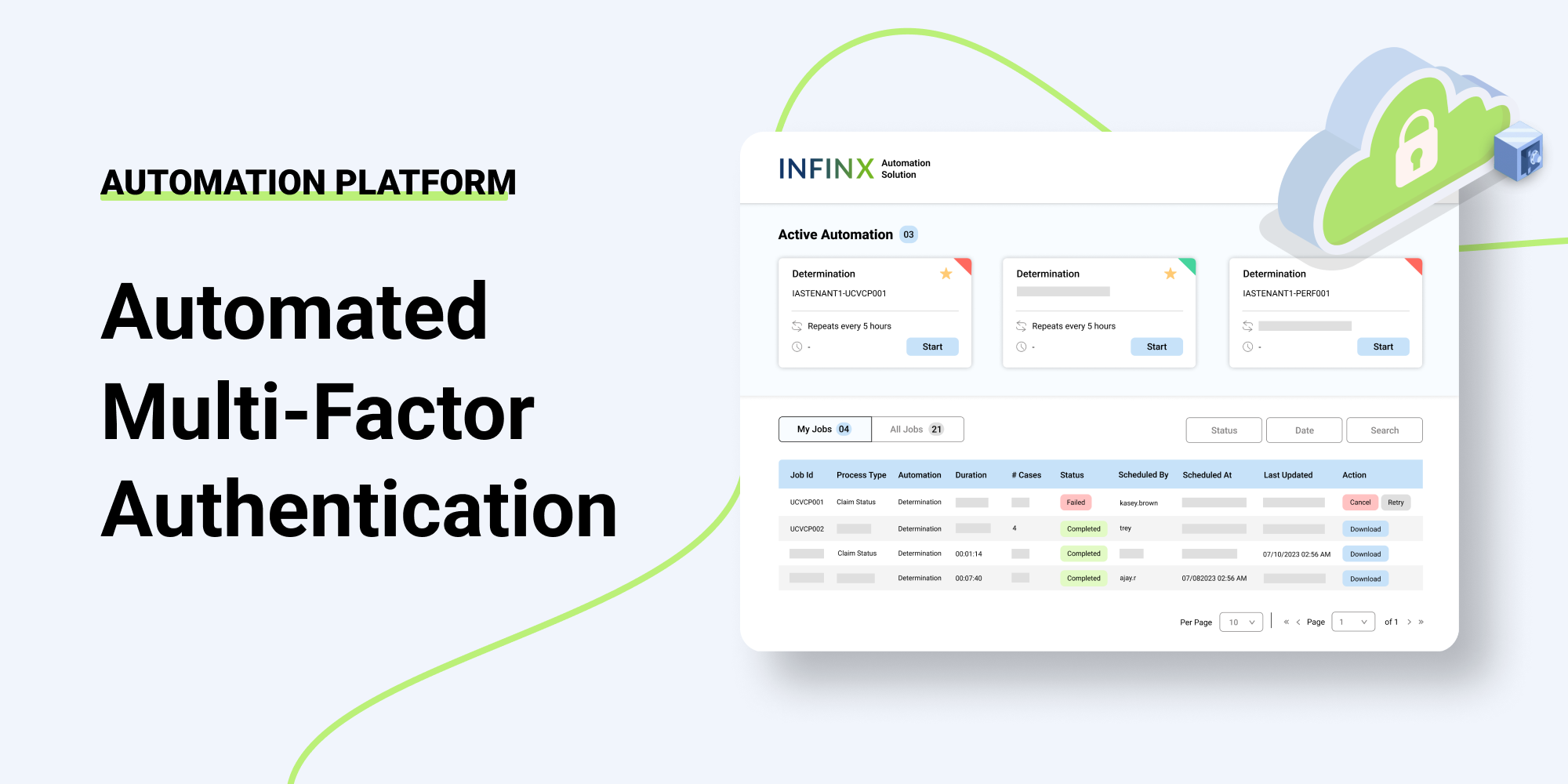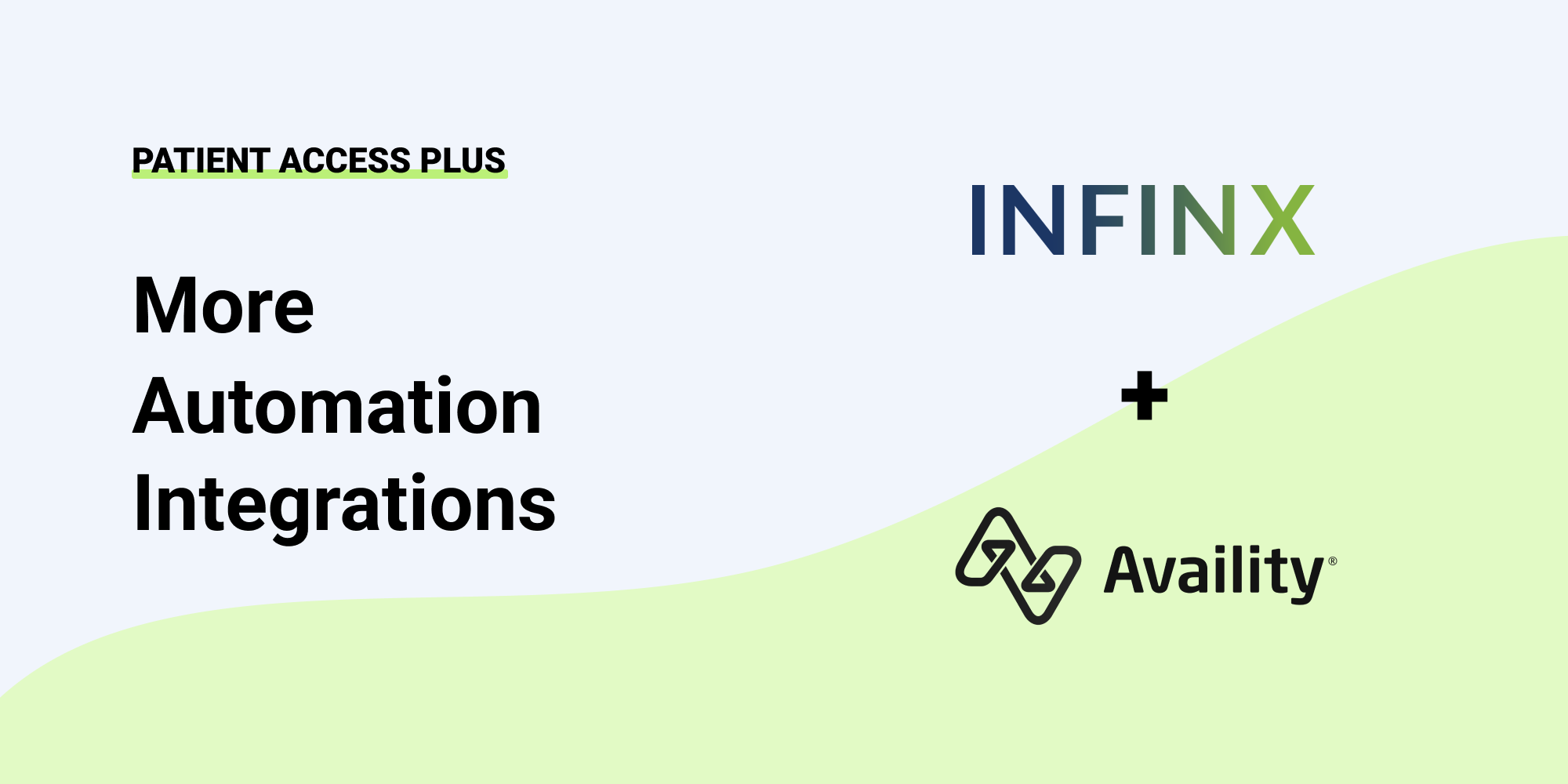As the new trend of patient consumerism continues to grow, radiology groups around the country are striving to maximize the patient experience through not only the clinical successes they achieve but also through their billing and payment lifecycle. This balancing act is relatively new and is playing out in provider groups and hospital systems across the country as the industry shifts to the new reality of patients being more active and financially responsible in their own healthcare.
High Deductible Health Plans (HDHP) are not only here to stay but are increasing in popularity with each successive “open enrollment period” as employees look to reduce their monthly premium costs. HDHPs with annual deductibles of $6K or more per person sound innocuous when people choose the option, but often families don’t have accrued savings able to meet the limits should a member have something catastrophic occur.
Best Practices to Strengthen the Radiology Healthcare Payment Lifecycle
Radiologists face unique challenges under HDHPs. While the plans are required to cover emergency situations and preventive procedures (such as mammograms), location also plays a large part in a group’s ability to maximize reimbursement:
- Hospital-based radiology groups usually have no direct contact with the patient at the time of service and no opportunity to initiate solid data collection. They must rely on the hospital for their very livelihood.
- By contrast, imaging centers operate in an ambulatory setting and can constructively guide the patient scheduling and insurance verification process strengthening their revenue cycle management (RCM) efforts.
Patient Encounter Initiated
Whether your patient’s present for care via the traditional hospital route or an ambulatory imaging center, radiology groups benefit from establishing strong, mutually beneficial relationships with either the hospital or the referring provider working side-by-side to ensure accurate data collection. Through automated processes, patient financial information can be accessed and policies in place to define operational process. Before the patient is seen:
- Insurance Verification and Benefits Coverage—The foundation of a strong patient billing program starts with tracking and confirming the precise insurance coverage available, including eligibility, remaining deductibles, co-pays, and patient pay estimates. With seamless HL7 integrated software, real-time insurance eligibility and benefits verification is ready and available to assist in immediate scheduling.
- Prior Authorization (PA)— PA software, driven by artificial intelligence (AI) and automation, allows scalable PA solutions that deliver real-time results through dedicated clearinghouses of insurance resources reducing the administrative burden and cutting patient treatment delays significantly. With speed and impeccable accuracy, requirements can be determined, requests submitted and followed up, and approvals forwarded to scheduling in real-time. Days and weeks become minutes and hours!
- Clinical Decision Support Mechanism (CDMS)—To meet the CMS requirements taking effect in 2020, and as part of a comprehensive PA solution, CDSM certificates will be required for Medicare reimbursement on advanced testing. While they need to be initiated by the referring provider, it will be the radiologist that risks their reimbursement without a compliant certificate in hand. To ensure payment, utilizing an interactive tool to communicate Appropriate Use Criteria (AUC) information and generate certificates, whether proactively or reactively, supports the referring provider and ensures your reimbursement.
Following the Patient Encounter
- Radiology Coding and Billing—Beginning with coding, followed swiftly with billing, utilizing a scalable, cost-effective automated solution that manages the complexities while meeting payer criteria ensures accurate claims are submitted, paid quickly, and denials minimized. To reduce errors, you need the highest level of AAPC-certified coding specialists with a <1% accuracy rate if you are going to compete in today’s healthcare market.
- Denials Management—With these best practices in place, you will greatly reduce your denial rate, but there will always be a need to respond when insurance companies delay payment. Ideally, you need to leverage AI-driven software that allows you to capture more revenue and reduce your denials and AR significantly. Using predictive analysis and a curated knowledgebase, you are able to forecast recovery, determine the next best action, and initiate the follow-up process automatically, thereby lessening the administrative time required and speeding up payment.
There are continuing, and seemingly unrelenting, initiatives to reduce costs in the healthcare field. Margins continue to shrink, and radiologists are expected to provide the same level of high-quality care with fewer resources. There are many tools available today that can shave valuable time on collecting revenue, as well as strengthen your relationship with patients by providing outstanding billing services.
Contact us today to schedule a demo to learn how radiology groups can improve their revenue payment lifecycle through best practices.


